A dirty toilet means germs are present, and when there is more dirt, hard stains can also form on the toilet bowl, making it look horrible! Besides, getting rid of those stains is a laborious task.
CLR (calcium, lime, rust) is one of the most widely available cleaners today, but can you use CLR in the toilet bowl? Does it really work against hard water or other stubborn stains as it claims?
This article will discuss how to effectively use CLR to keep your toilet bowl spotless without any hassle.
Can You Use CLR In Toilet Bowl?
Yes, indeed! The brown stains on the toilet bowl form due to hard water flow, which contains a high concentration of minerals, such as calcium, iron, and manganese compounds. In this situation, the CLR cleaner may come in handy.
CLR remover is a specialized cleaner that helps prevent the formation of iron oxide, producing rust. It also removes heavy stains and bacteria through its multi-chemical activity.
Although you clean the toilet regularly, you often miss cleaning the spots around and inside the bowl. Dirty stains and odors can also occur at the junction of seats and bowls.
Any simple cleaner can clean your toilet reasonably well. But when it comes to hard stains, CLR is one of the best options. It can be used as an alternative to toilet cleaners as well.
How To Use CLR In Toilet Bowl?
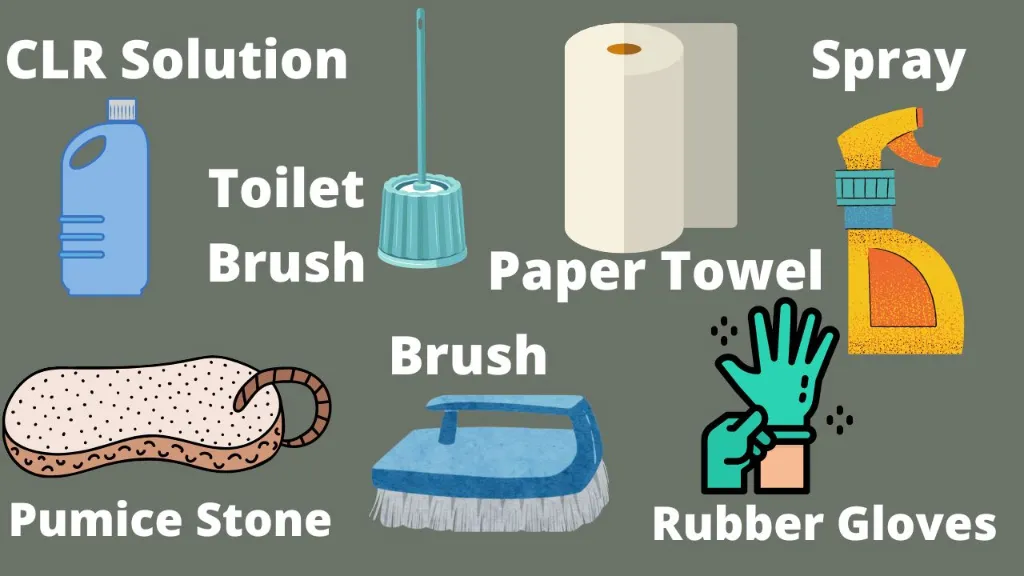
From the heaviest stains to the simple daily cleaning, CLR is the best way to keep your toilet fresh and clean. Using it in a proper way can be very effective and save a lot of time. So how to use CLR in the toilet bowl to have that perfect clean?
Tools you will need
- CLR solution
- Rubber gloves
- Disinfectant spray
- Scrub brush
- Pumice stone
- Toilet brush
- Paper towel or napkin
As now we have gathered all the supplies, let’s know the overall process to get rid of these stubborn, heavy hard water stains and rust buildup from your toilet bowl by following these easy steps.
Step-1: Wear disposable gloves

After regular bathroom use, yellow spots may appear on the bowl. The lid and other parts get dirty as well. It’s really unpleasant and disgusting to work with bare hands.
As it is also a space that is responsible for the growth of different bacteria and microorganisms, wearing gloves is a must while working. Moreover, it protects your hands from the chemical agents used in CLR that might irritate your hands or cause inflammation.
Step-2: Clean the surface first
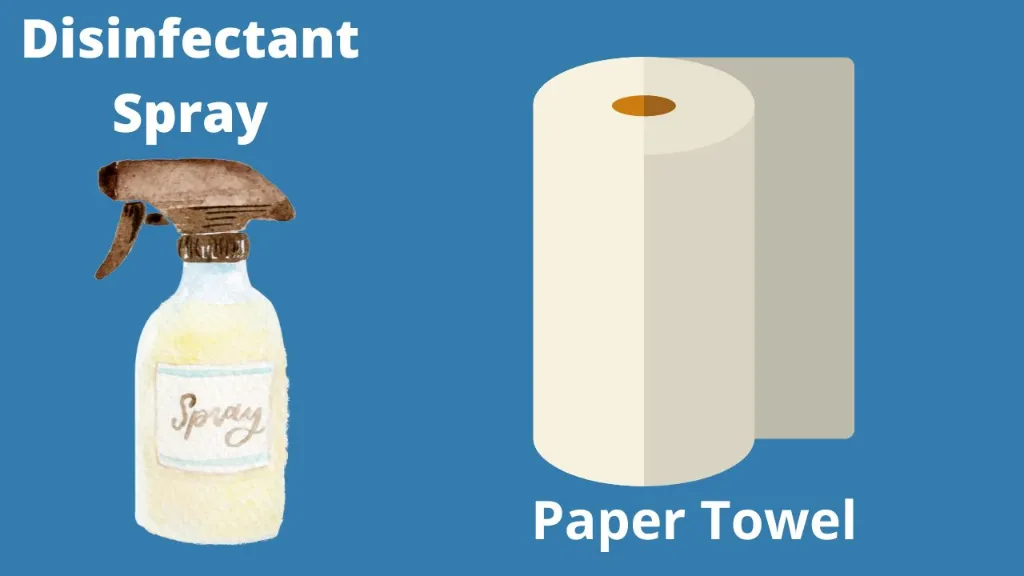
Though you are cleaning the bowl ( guide for cleaning toilet bowl) it is better to clean the surface, the lid, and other parts of the toilet as well.
Wipe the surface with disinfectant spray and wipe it using a paper towel to avoid greasiness and germ attack.
Step-3: Turn off the water supply
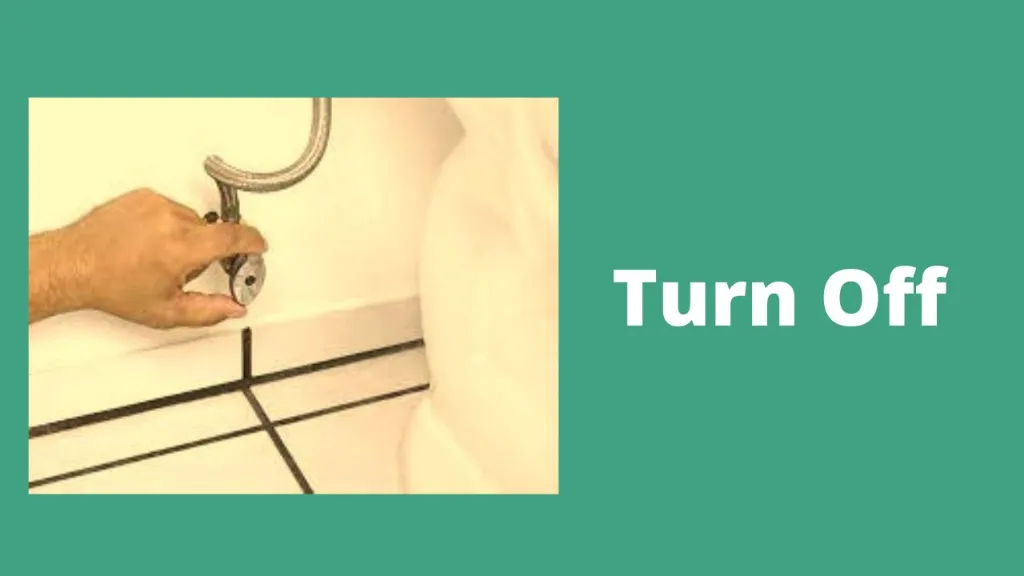
Before you start, empty the water from the bowl by either physically removing it or turning off the water supply. This process will prevent the CLR from being washed off by water flow and provide enough time for the chemical to work.
Step-4: Apply CLR solution
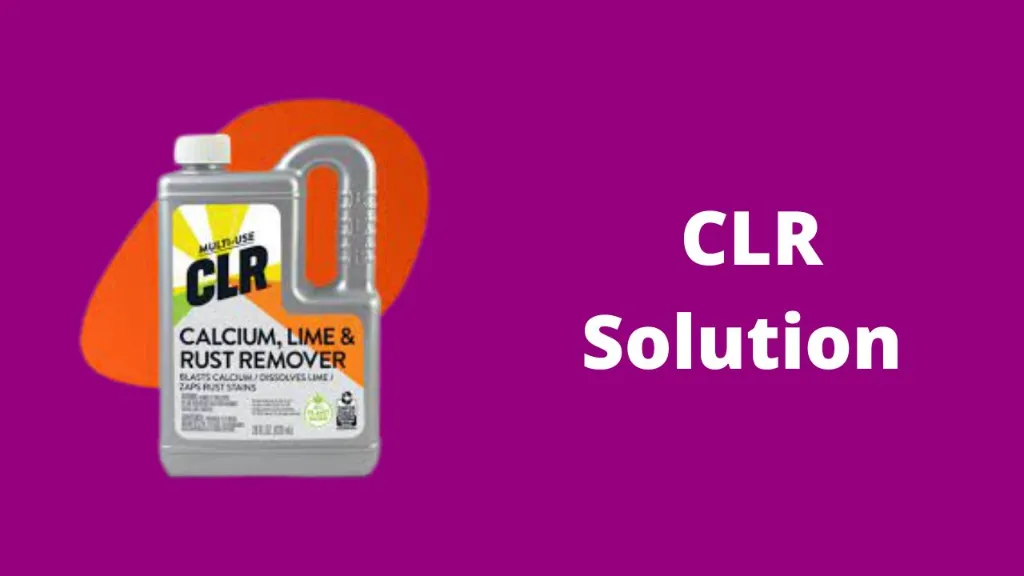
Pour around 5-6 ounces of CLR into the bowl and let it sit for 1-2 minutes. Afterward, use a stiff bristle brush or pumice stone specially made for toilet bowls and brush every corner until the stains and rust come off.
For moderate stains, 3-4 ounces, and in case of mild stains, 1-2 ounces of the solution will be enough. Follow the same procedure mentioned above to clean the mess up. Do this twice or thrice a week.
Step-5: Turn on the water and flush
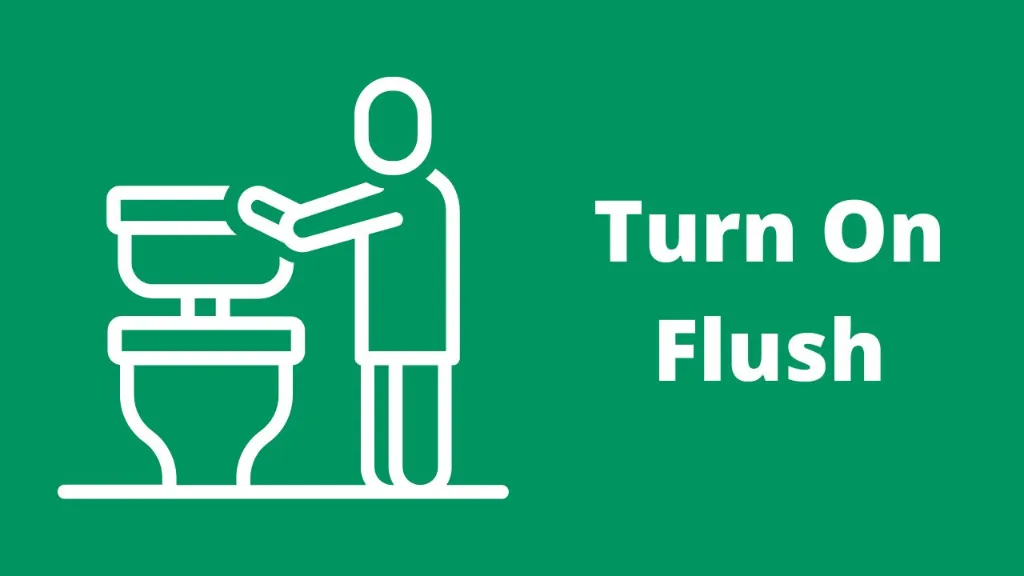
Now all the stains and dirt have loosened up. Turn the water supply back on and flush to rinse. It will remove all the residue from the bowl and make your toilet as fresh as new.
Do not forget to dry it afterward with a paper towel to prevent further water stains.
Is CLR Safe For Toilet Bowl?
Absolutely! The CLR cleaning solution is devoid of toxicity and other harsh chemical compounds. It’s non-irritant, non-allergic, biocompatible, and user-friendly. It mainly helps to remove abrasive Mineral residues, hard water stains, or any other deposits from the toilet bowls effectively without causing any harm or damage if used correctly.
Use a stiff bristle brush specially made for toilet bowls. Try not to clean the toilet with an iron brush. It leaves small cracks that destroy the enamel, contribute to plaque accumulation, and lead to staining.
Also, leaving CLR for a long time can damage the ceramic of the bowl if it’s highly concentrated with acidic or basic substances, which are made for long-term heavy stains.
Try to use a mild one for regular use, so you don’t need to use the higher percentage. Regular cleaning is the best solution that prevents damage, stains, and also great for your personal hygiene.
No matter how well you clean the toilet, there will be a new layer of plaque after a while. Therefore, prevention is needed as often as possible whenever you clean the toilet using CLR.
However, in some cases, irritation can be seen if you’re allergic to the ingredients of the CLR solution. So, protection like rubber gloves is a must.
FAQs
How long can I leave CLR in the toilet bowl?
It’s better to leave CLR on the toilet bowl for approximately 1-2 minutes before rinsing it off with water flow. Leaving it for a long time can damage the bowl’s surface due to its chemical activity.
Is it okay to flush CLR down the toilet?
Yes, it is. You can flush the toilet to remove the excess residue of CLR and other particles that came off after cleaning. It will not damage the pipes or anything. Besides, it’ll help clean any gunk or dirt stuck in the pipe.
Is CLR safe to use in a toilet bowl?
Yes, CLR is safe to use in a toilet bowl when used properly.
Can CLR damage the porcelain of the toilet bowl?
CLR can potentially damage the porcelain of the toilet bowl if left on for too long or used in excessive amounts.
How long should I leave CLR in the toilet bowl before flushing?
Leave CLR in the toilet bowl for no more than 2 minutes before flushing.
Can I use CLR on colored or painted toilet bowls?
CLR can be used on colored or painted toilet bowls, but it’s recommended to test a small area first.
Can CLR be used to remove rust stains from a toilet bowl?
Yes, CLR can effectively remove rust stains from a toilet bowl.
Is CLR effective in removing hard water stains from a toilet bowl?
Yes, CLR is effective in removing hard water stains from a toilet bowl.
How often should I use CLR in my toilet bowl?
Use CLR in your toilet bowl as needed, depending on how quickly stains and buildup accumulate.
Are there any precautions I should take when using CLR in my toilet bowl?
Wear gloves and protective eyewear when using CLR, and follow the instructions carefully.
Can I use CLR in a septic system?
CLR can be used in a septic system in moderation.
What are some alternative cleaning methods for a toilet bowl if I can’t or don’t want to use CLR?
Alternative cleaning methods for a toilet bowl include using baking soda and vinegar or a pumice stone.
Final Words
So, you get your answer with the process of how to use clr for toilet bowl cleaning. As it is a strong cleaner, you have to be careful when using it to protect the toilet from damage.
Stay clean,
Stay healthy,
Stay happy!




![How to Remove Crystallized Urine [Explained]](https://homepander.com/wp-content/uploads/2022/02/How-To-Remove-Crystallized-Urine.jpg)


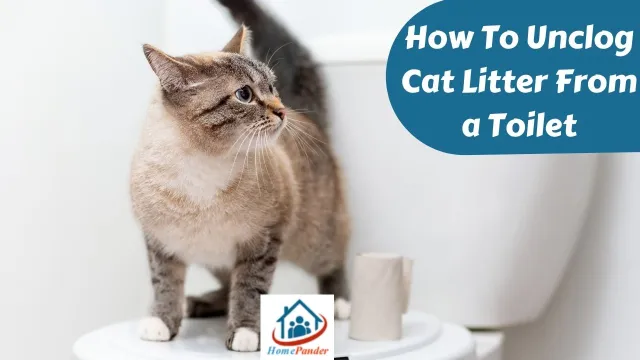
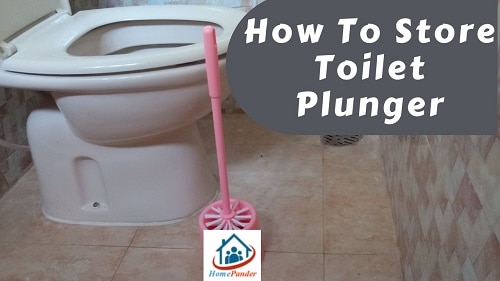
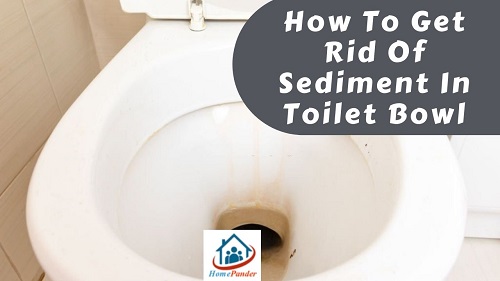
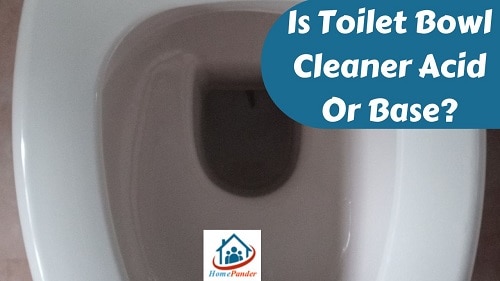
![How To Clean Dark Grout That Has Turned White [5 Easy Ways]](https://homepander.com/wp-content/uploads/2021/12/How-To-Clean-Dark-Grout-That-Has-Turned-White.webp)